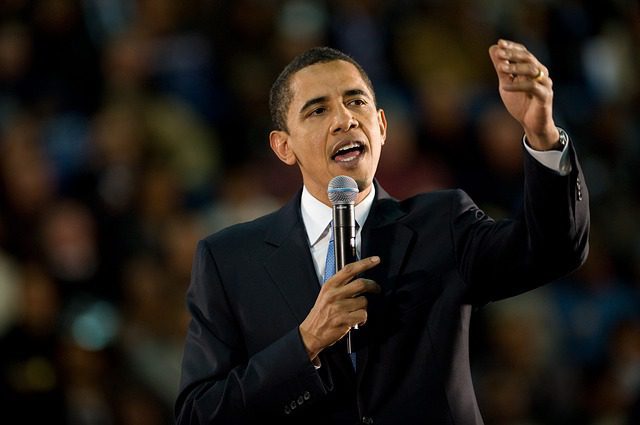Political Communication: Obama’s revolution

The 4th of November 2008; the day Barack Obama, the leader of the Democrats, became the 44th President of the United States, beating Republican candidate John McCain.
Obama’s victory, which came as a surprise to many, was made possible by an excellent communication effort carried out during the primaries and throughout the presidential campaign. Some have spoken of a “revolution” in political communication, and with good reason: Obama and his staff cleverly and effectively exploited the web 2.0 to enlist supporters, get them involved with specific content and initiatives, and turn them into activists.
To succeed in propelling the first African-American President in history all the way to the White House, Obama’s staff had painstakingly studied the ways in which protest movements had previously used the web to organise events and applied, in a linear yet effective fashion, the web 2.0’s basic principles. Their ability to create an integrated communication strategy, a virtuous off- and on-line circle, was the key to Obama’s success.
Let’s uncover the strategy behind Barack Obama’s 2008 victory and analyse those initiatives that were crucial to making his success possible.
Broad supporter involvement
By means of the web, Obama and his staff drew in supporters and started a conversation with them; but, more than that, they enabled supporters to talk among themselves in order to establish a sense of community. Obama invited his supporters to create content, such as posts and videos, he encouraged them to spread his ideas and to take action through ad hoc newsletters; in brief, he instigated their transformation from supporters to activists.
The diffusion of speeches via YouTube
At the time, Obama’s staff got the then Illinois senator’s speeches and messages across through his YouTube channel: the high quality videos were quickly uploaded to the social platform and made available to supporters and activists to spread the presidential candidate’s words. Obama’s speeches quickly went viral; let’s just consider the ubiquitous Yes, we can, that was even borrowed by the Italian politician Veltroni for his electoral campaign. Obama allowed everyone to use the contents of his campaign, thus contributing to their widespread diffusion.
Obama’s decision to fully exploit the social media, and YouTube in particular, triggered a domino effect on the whole US political landscape.
Using the web to raise funding
During the 2008 campaign, Obama’s team succeeded in raising a very respectable 730 million US dollars, 500 million of which online. Relying on the micropayments of individual donors was a move of rare shrewdness; all donors saw themselves as a part of the great project of carrying Obama to the White House. Sharing and joining forces: two of the web 2.0’s mainstays.
High level storytelling and personal branding
Barack Obama tailored an image of himself that was coherent with the values he wanted to convey, thus enabling people to identify with him and to assist him in spreading his convictions. His forceful personality enabled him to earn the voters’ trust, including that of those who had at first been unconvinced.
Furthermore, Obama and his staff managed to identify with the life stories of the people to whom they wished to appeal, establishing an empathetic relationship with them and involving even the most disadvantaged social classes. In brief, Obama was capable of making the best use of the storytelling method, leveraging feelings (as any story should) by conveying meaningful content.
In conclusion, the Obama experience represented a watershed in the new millennium’s political communication landscape. To ignore the significant innovations introduced by the able exertions of Obama’s organizational machinery would mean lagging decades behind and no longer being able to connect with the people.
To find out more about political communication and marketing, discover our master course in political marketing.




